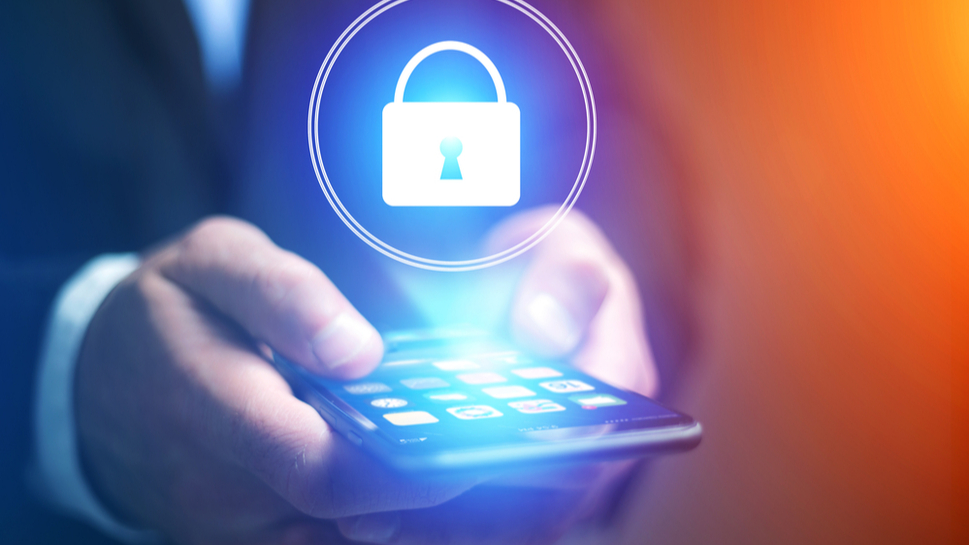Decoding consumer concerns in a mobile world
Understanding rising mobile fraud threats

The Coronavirus pandemic has resulted in a major shift toward a more digital lifestyle. With lockdowns and social distancing forcing many people to stay at home, retailers and businesses have had to move online to survive. Waves of new accounts were opened online - a recent report, GBG State of Digital Identity: 2020, reveals that 47 percent of consumers opened an online shopping account in 2020, and 31 percent opened a bank account.
Mobile penetration is higher than ever, too, and businesses everywhere have cited an increase in mobile account sign-ups. But this influx of valuable personal data has opened up a window of opportunity for fraudsters. Half of people working in financial services say fraudulent activity is on the rise, and a similar number of consumers believe that levels of fraud have increased.
It’s clear, then, that the new normal brings with it new concerns around the security of personal information - and identity - particularly with regard to mobile.
Consumer concerns
High-profile data breaches are rarely out of the headlines. It’s little wonder, then, that half of the consumers surveyed for the report believe the risk of data breaches makes online transactions feel less secure. In fact, one in five say they’ve been the victim of identity fraud as the result of their information being exposed in a data breach, with a new credit card or bank account opened in 22 percent of these cases.
And consumers aren’t alone in being concerned. According to fraud prevention service Cifas, cases of identity fraud, in which a user’s personal details are used to open an account or take out a loan, have grown by 32 percent over the past five years, and show no sign of slowing. Half of businesses have also seen an increase in the level of online and mobile identity fraud over the last 12 months.
In particular, the rise in mobile use, such as smartphones and tablets, presents opportunities for those looking to carry out fraudulent activities. With 95 percent penetration, mobile devices are practically ubiquitous nowadays, and almost three in five consumers now prefer to open accounts via mobile than any other method - especially those aged between 18 and 24. At the same time, though, the risk of fraud means around one in five are still wary of using their mobile device, particularly for carrying out financial transactions. This wariness is not unwarranted, however.
Mobile fraud
Identity fraud can often be the end-result of a range of different techniques. Here are the top five fraud threats on mobile, according to the State of Digital Identity report:
Are you a pro? Subscribe to our newsletter
Sign up to the TechRadar Pro newsletter to get all the top news, opinion, features and guidance your business needs to succeed!
1 - SIM cloning involves the use of smart card-copying software or remote hacking to create a duplicate of a victim’s SIM card. This then grants fraudsters access to their phone number and all the services they receive from their network provider, including phone calls and SMS messages.
2- In device cloning, data is transferred from one mobile device to another, making it an exact replica of the original. This allows the fraudsters to make calls and send messages from the cloned device for which only the original will be billed.
3 - Caller ID spoofing sees a fraudster making calls using a false caller ID, which often appears to be from a local area or a company that the victim knows and trusts. Once they answer the call, the fraudster will often use social engineering techniques to persuade the victim to part with valuable personal information or, sometimes, even money.
4 - The practice of recycling phone numbers offers opportunistic fraudsters the chance to impersonate an innocent victim. When a mobile user’s account is closed, their phone number will be released for reassignment. Aware that many people’s online accounts are tied to their phone number, fraudsters will activate phones with new numbers with the aim of finding one that’s been recycled.
5 - Call forwarding scams tend to begin with the fraudster calling their victim and, by pretending to be in an urgent situation, persuading them to forward their call on to someone else - typically a long-distance number. While the fraudster accepts - and profits from - collect calls on this number, the victim receives a huge bill.
Looking to the next normal
The impact of COVID-19 has seen society embrace digital and mobile channels like never before. This has played into the hands of the criminally minded, always looking for new ways to extort money and valuable information from unwitting victims. Instances of fraud are multiplying as more transactions are carried out online, and personal details regularly stolen through a multitude of mobile fraud techniques.
We don’t know what the next normal will look like, although we can be confident it will be an era of digital-first commerce, in which mobile will play an increasingly central role. Fraud will continue to evolve, too, especially social engineering and synthetic identity fraud - where real and fake information are combined to create a new identity.
Consumers will need to be more mindful of potential threats, and the businesses with which they hold accounts and deal with on a daily basis must ensure they have the right fraud prevention and identity verification measures in place. Only then will customers have the assurance they need that their information - and identity - is safe in the economy of the next normal.
- Gus Tomlinson is General Manager and identity fraud expert at GBG.
- We've featured the best business VPN.
Gus Tomlinson is Group Head of Strategy for GBG. She has 6 years of experience.
